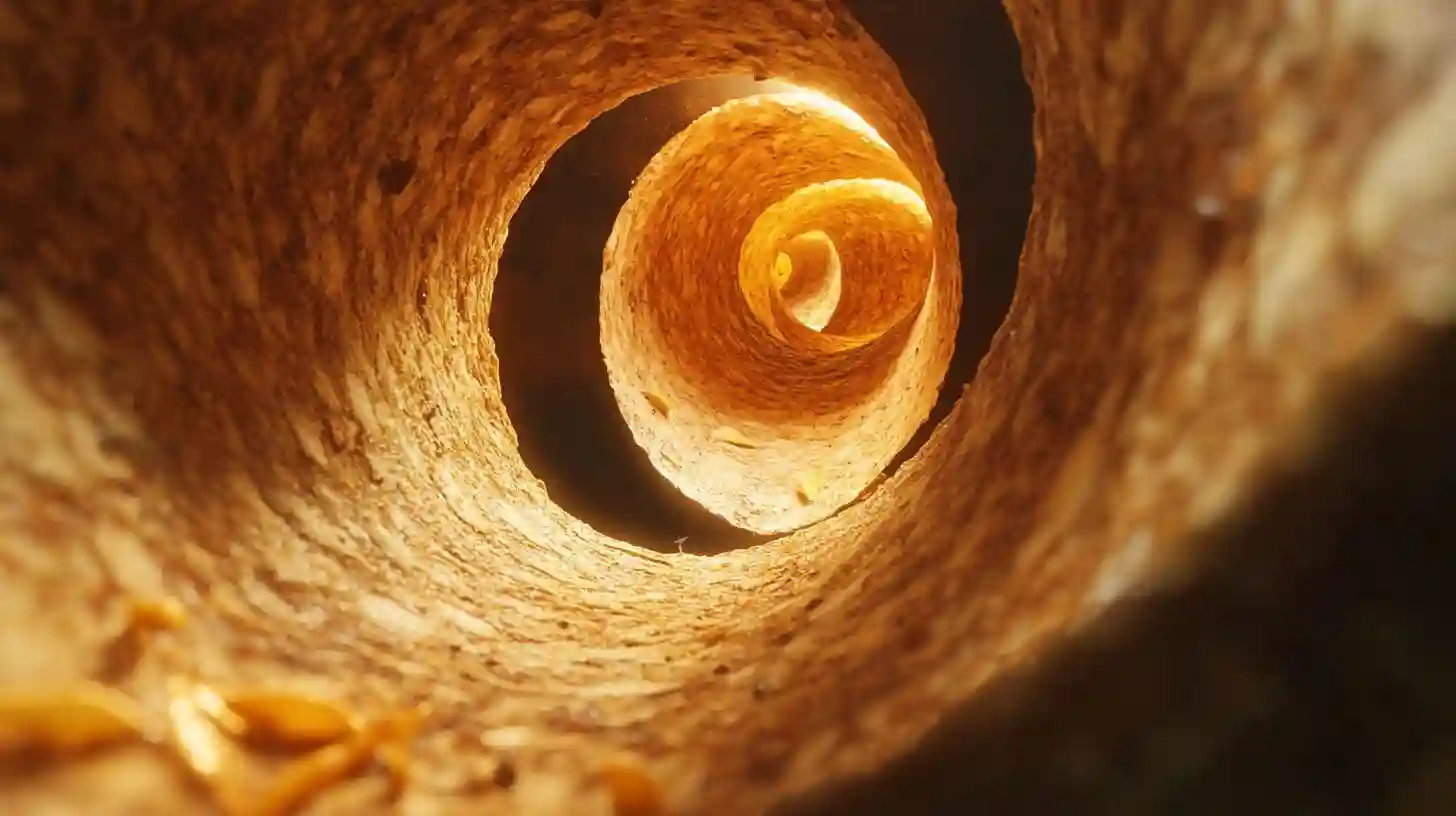
When people think of iconic snacks, Pringles often come to mind. This particular brand of potato crisps has transcended snacking conventions worldwide, but few are aware of the intriguing story behind its creation and the man who brought it to life. Fredric William Baur holds a unique place in culinary history, not just for his innovative potato chip design but also for an unconventional final request that would see him interred within the very product he helped to revolutionize.
Fredric Baur was a product designer and food scientist whose career began in the mid-twentieth century. He worked with Procter & Gamble, a company primarily known for its household products, but he would soon make a significant impact on the snack food industry. In the early sixties, he began exploring ways to create a potato chip that would maintain its crispness and eliminate the mess commonly associated with traditional potato chips. Baur’s vision was to develop a package that would keep the chips intact and flavorful. His solution came in the form of the iconic cylindrical can that we now associate with Pringles.
The design of the Pringles can drastically changed the way potato chips were packaged and advertised. Unlike traditional bags that could easily be crushed and prone to air exposure, the canister provided a protective environment. This innovation not only maintained the freshness of the product but also appealed to consumers with its clean and modern aesthetic. The unique shape of the can itself was as revolutionary as the product it held. The stackable nature of the chips allowed for maximum utilization of space while providing an even and attractive presentation.
Baur’s contributions were more than just the packaging. He was heavily involved in the development of the chip itself, which used a proprietary blend of ingredients that differed from traditional potato chips. Instead of being made from sliced potatoes, Pringles were initially created from a dough-like mixture of dehydrated potato, cornstarch, and various seasonings that were molded into the distinctive shape consumers recognize today. This not only allowed for better consistency but also provided a unique texture that would distinguish Pringles from its competitors.
Despite the global success of Pringles, Fredric Baur remained somewhat of a humble figure in the culinary world. Much of his life was focused on the science and design behind snack foods rather than seeking fame or recognition. He relished in the joy of invention and the satisfaction that came with creating something new and enjoyable for consumers. Tragically, Baur passed away in the year two thousand and eight, leaving behind a legacy that would endure in the hearts of snack lovers across the globe.
In a final, poignant twist that reflected his unique relationship with his creation, Baur made a request regarding his final resting place. He wished to be buried in a Pringles can. Upon his passing, his children honored this unconventional desire. When they held a funeral for their father, they fulfilled his wish by placing a portion of his ashes in a Pringles can and interring it in a cemetery in Cincinnati, Ohio. The can was specifically chosen to be a tribute to both Baur’s legacy and the joy he brought to millions through his innovative concept.
This unconventional burial has sparked conversations about the relationship individuals have with their creations and the legacies left for future generations. Baur’s story isn’t just about potato chips; it is a tale that encapsulates the spirit of innovation, creativity, and how one man's vision can establish a lifelong connection through something as simple as a snack. His decision to be interred in a Pringles can signifies a deep connection to the joyful moments and shared experiences that food can foster. It is a reminder that, in the simplest of pleasures, there can be profound personal significance.
Fredric Baur's legacy continues to live on through the distinctive Pringles brand, which stands as a tribute to his inventive spirit. Every time a consumer reaches for that familiar cylindrical can, they unknowingly participate in a legacy that started with one man's vision to improve the way people enjoy potato chips. Inwardly, each crunch evokes a memory, a snack break, or a moment shared with family and friends. Through Baur's innovations and ultimate resting choice, the unity between creator and creation reflects the lasting impact one individual can have on an entire industry and culture.